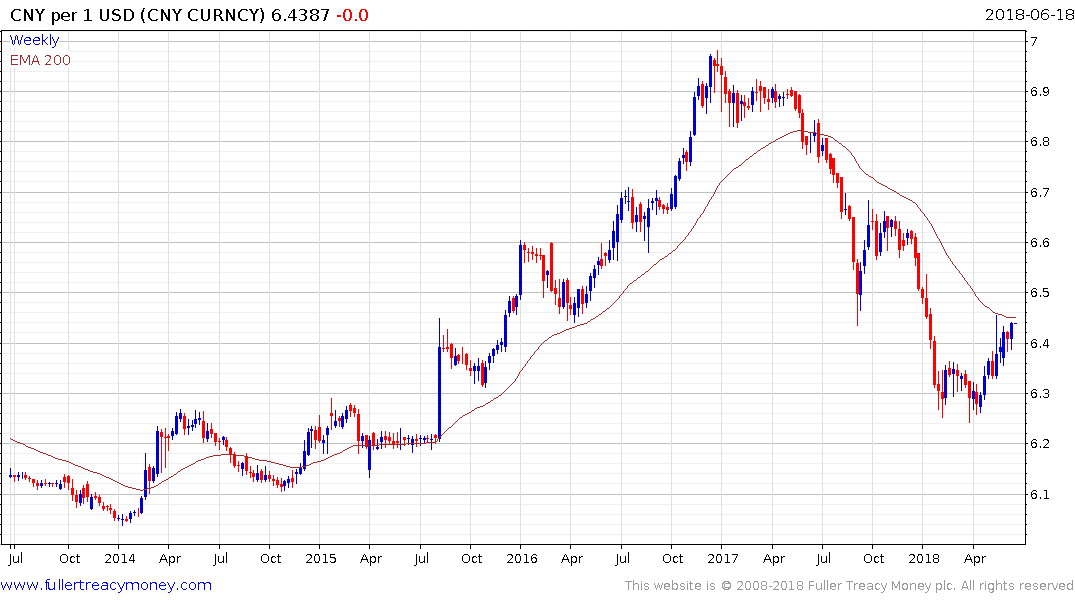Le Divorce Investment themes for the post-Transatlantic world
This report by Vincent Deluard for INTL FCStone may be of interest to subscribers. Here is a section:
Here is a link to the full report.
Per the second point, the importance of access to the American market has greatly diminished since the days when the U.S. consumer was the only game in town. Poland trades twice as much with China as it does the U.S. China has overtaken the U.S. as the biggest non-European trade partner for Germany. Italy would be in the same position had it not been for the recent rise in the U.S. dollar.
China is of course just the most striking example of the diversification of trading partners brought by globalization. A last statistic illustrates the relative decline of Transatlantic trade: trade with the U.S. accounts for just 6% of Europe’s total trade, against 10% in 1960.
The shrinkage of Europe’s American dependency will accelerate due historical changes in trade routes.
According to the World Shipping Council, around 80 % of global trade by volume is currently carried out over maritime trading routes. The Asia-North Europe and the Asia-Mediterranean are the second and third busiest trade routes, with 13.7 million and 6.7 million containers shipped annually, respectively. Most of these containers follow the path highlighted in blue in the chart below, a 35-day journey that crosses the Taiwan straits, the South China Sea, the strait of Malacca, the Gulf of Aden, the Suez Canal, and the strait of Gibraltar. This route is especially crucial for oil tankers: about 17 million barrels of oil crosses the Strait of Hormuz every day, against just 850,000 oil barrels across the Panama Canal.
Control of the oil tanker route eventually allowed allied powers to recover from their early defeats in World War 2. The United States protected this route with a pearl necklace of military bases and navy fleets. This supremacy has not been challenged since the Royal Navy retreated from the Suez Canal in 1956. The U.S.-controlled Europe-Middle East-Asia sea route was the pillar of the 20th century world order and the ultimate justification of the Transatlantic alliance for three reasons:
There is a realistic possibility that the USA could become energy independent and is in fact already an exporter of oil and natural gas. The widening of the Panama Canal and receding ice around the North Pole have created new shipping lanes that did not exist a decade ago. Meanwhile if the USA is an exporter it has a reduced need to secure supply channels from the Middle East and we are already seeing greater ambivalence towards active engagement in that region.
Meanwhile Europe is increasingly beholden to Russia, the Middle East and China for energy and trade. These are hardly bastions of the liberal order Europe purports to represent, yet it has no choice than but to deal with them. These are relevant considerations as trade war rhetoric escalates because Europe has many challenges and if it cannot gain favour from the USA it will necessarily find its way towards closer ties with China. It seems to me that in the evolution of a bipolar world it is Europe and its intentions which will represent the arbiter of which centre of gravity is deemed in the ascendency.

The competition therefore between the USA and China is likely to take place in a number of theatres. Both blocs are not averse to using their currencies as policy tools and right now suggests the Chinese are going to allow the Renminbi to fall versus the Dollar.


